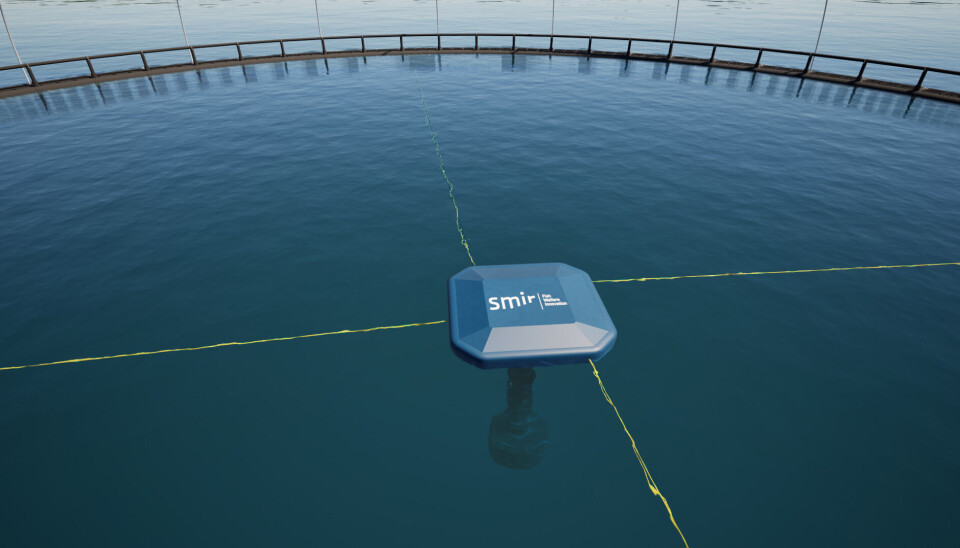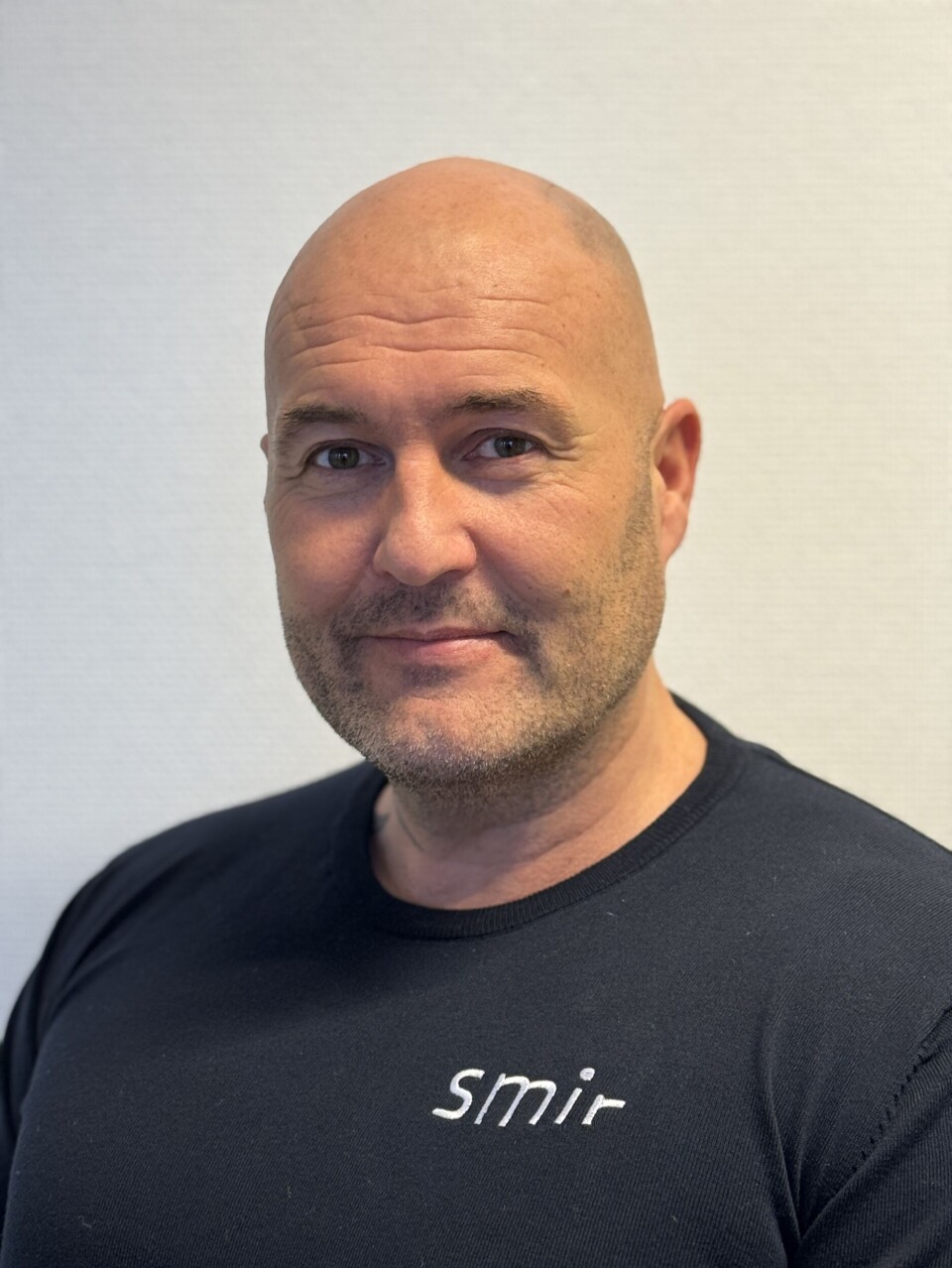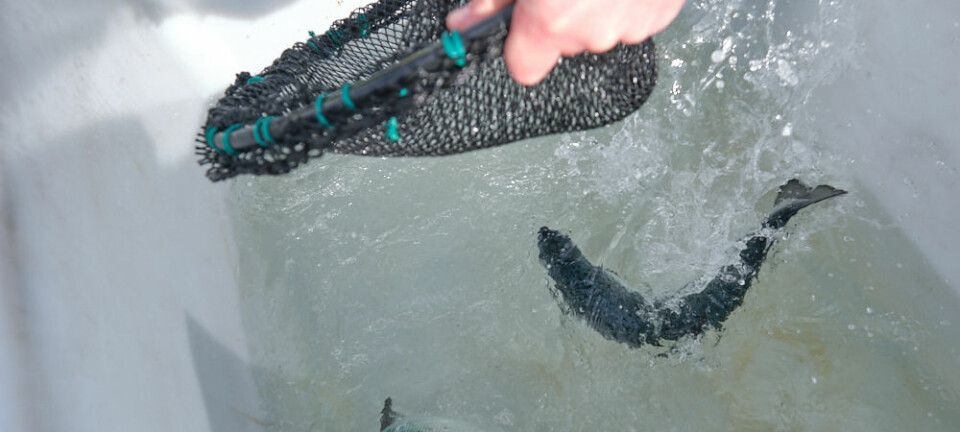
New tool in the fight against sea lice
Smir's UVCuro UV device uses ultraviolet light to reduce impact of parasites.
The device will be part of a new water treatment system designed to maintain a continuously cleaner water environment in open cages. The water treatment system aims to purify the upper water layer of lice larvae and other harmful parasites using UV light.
"We have long known that UV light has a very good effect on lice larvae and their further development. With UVCuro, we are now introducing this method for the first time as an active preventive measure against salmon lice in open cages," said Smir Group sales manager Frode Rygh in a press release.

No fish handling
The water treatment system comprises a skirt around the cage, and an energy-efficient pump that circulates water through a UVCuro unit that irradiates the water in the cage. The UV treatment takes place in a closed system, and the fish remain completely shielded.
"Here we have thought in a completely new way, with a solution that treats the cage environment around the fish, without the fish being touched or handled," said Rygh.
The system is designed for continuous operation and requires minimal maintenance, while keeping energy consumption low.
Promising research results
Unlike traditional mercury-based UV lamps, which still dominate the market, UVCuro uses modern UVC-LED lights that the company says provide higher energy efficiency, longer lifespan, and reduced operating costs.
To document how this form of UV technology can also affect sea lice, NTNU Taskforce Salmon Lice, commissioned by Smir, has conducted a research project in parallel with Smir's development of the new UV device. In the project, lice larvae have been exposed to different doses of UVC light from LEDs, before being used in infection experiments on fish.
According to Rygh, the experiments from the project have shown very good results.
"After NTNU has conducted the experiments, we clearly see that UVC-LED also has a very good effect, in that it reduces the ability of lice larvae to infect the salmon and further development to mobile stages."
Maja Hatlebakk, researcher and project manager for the research project at NTNU Taskforce Salmon Lice, confirms this.
"We have seen clear effects of UVC-LED irradiation on lice larvae in laboratory experiments, both in the form of reduced ability to infect the fish and a limitation in further development to mobile stages."
Launched at Aqua Nor
Smir's latest innovation will be showcased for the first time at the Aqua Nor trade show taking place in Trondheim, Norway, next week.
"We look forward to launching the technology at Aqua Nor, and expect to have the first unit ready for delivery shortly," said Rygh.



































































